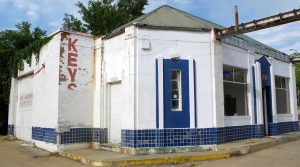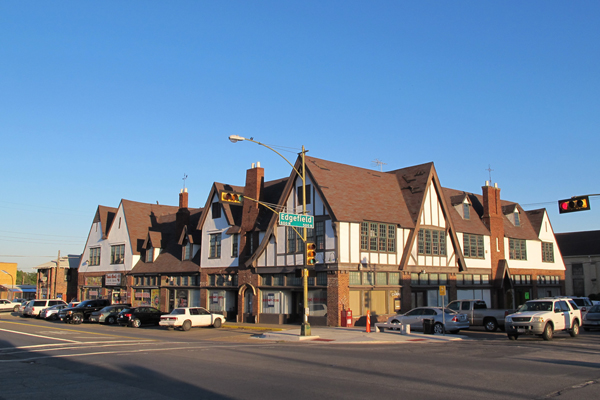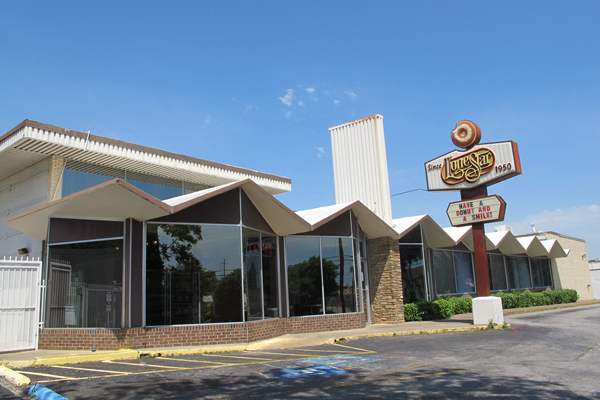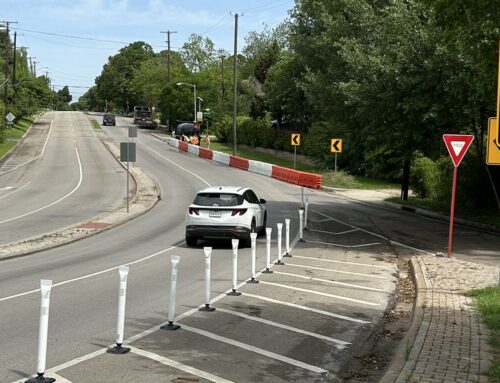The Old Oak Cliff Conservation League released its “Architecture At Risk” list during its annual meeting Monday at Turner House.
The whole list is available on the league’s website. One surprise is that two of these buildings in need of TLC or salvation from the wrecking ball are properties neighbors originally fought to keep out of the neighborhood.
No. 1 on the list is the former Humble Oil Service Station at Zang and Beckley. That building faces almost certain demise at the hands of a developer who wants to replace it with a discount beer and wine store. The league has been fighting that plan since neighbor Katrina Whatley alerted them to it a few months ago. The building is adjacent to a historic district, but does not fall within the district’s protection. It’s ironic that neighbors in 1928 fought against the Humble station’s development.
The league researched the property, and this is what they found:
“Plans to turn Beckley into State Hwy. 4 to Lancaster made the spot desirable for such an enterprise, but residents residing within 300 feet of the corner were not having it. Dallas Mayor R.E. Burt vetoed the Humble application on Sept. 28, 1928. Humble filed an injunction and Judge Claude McCallum of the 101st District Court ordered a building permit issued on March 29, 1929. The judge remarked, ‘I did it because it was the law and I could not help myself.'”
This familiar building, we learned at the meeting, is called Cannon’s Village. It is No. 3 on the list because its main tenant, West Davis Dental, moved to the Bishop Arts District a few years ago.
It was built at Davis and Edgefield in 1923, when Winnetka Heights was a purely residential neighborhood, and neighbors did not want commercial encroachment of any kind.
The city denied builder C.S. Mitchell’s development plan, and he filed suit.
“The case was largely seen as a test case for Dallas’s building ordinance that restricted the establishment of business buildings in residential districts,” according to the league.
Mitchell eventually won, but he designed and built the shopping center to look as much like a house as possible, and it only had one sign to announce businesses.
No. 10 on the list is Oak Cliff Googie architecture. Googie is that quirky, atomic style prevalent in the design of coffee shops, motels and roadside signs on the mid-1900s. The “Welcome to Fabulous Las Vegas” sign is one famous example. At the time, Googie was considered low-brow design, and many of the best Googie examples have been unceremoniously demolished over the years. Lone Star Donuts on Beckley is one example.
Thank goodness for the Old Oak Cliff Conservation League, which also granted more than $16,000 to neighborhood associations Monday, for keeping an eye on Oak Cliff architecture and being and advocate for preservation. But it’s hard to ignore the irony here.
Who knows? Maybe 90 years from now, Oak Cliff neighbors will be fighting to save that discount beer and wine store.








